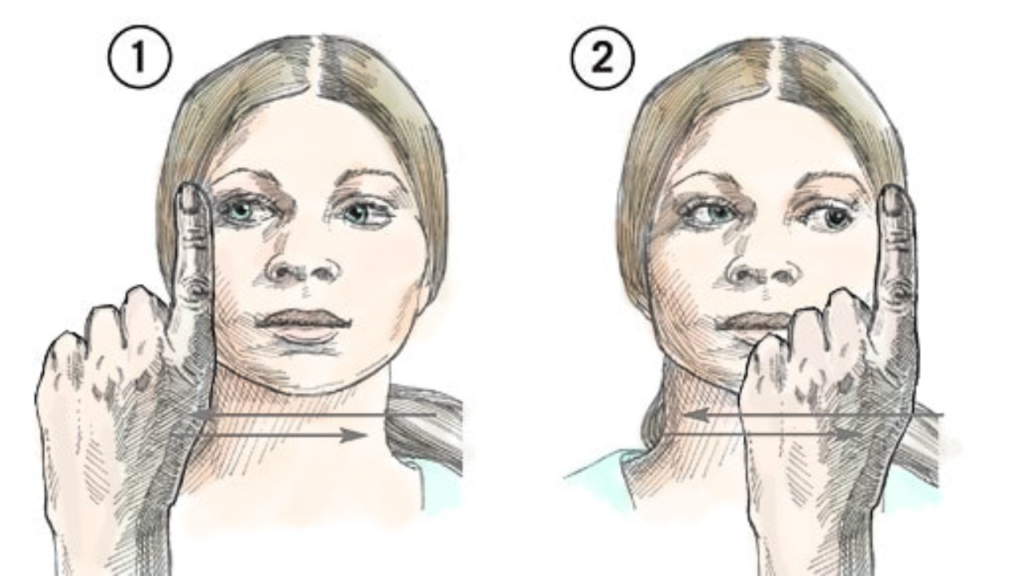What is EMDR Therapy?

Eye Movement Desensitization and Reprocessing (EMDR) is a structured psychotherapy method designed to help individuals process and heal from traumatic memories. Developed by Francine Shapiro in the late 1980s, EMDR has gained recognition as an effective treatment for conditions such as PTSD, anxiety, phobias, chronic pain, and depression.
EMDR therapy involves guided eye movements while recalling distressing memories, with the aim of reducing their emotional intensity. This technique integrates traumatic memories into standard memory processing, making them less intrusive over time. The premise is that recalling traumatic experiences while distracted (via eye movements) minimizes their impact, facilitating emotional healing.
Renowned organizations, including the World Health Organization (WHO) and the American Psychiatric Association (APA), endorse EMDR therapy as a safe and effective treatment, particularly for PTSD.
The Eight Phases of EMDR Therapy
EMDR is a phased approach consisting of eight distinct stages. Each phase plays a crucial role in addressing the client’s traumatic experiences and promoting healing:
- Client History and Treatment Planning
The therapist evaluates the client’s history, symptoms, and behavioral challenges to develop a tailored treatment plan. - Preparation
A therapeutic relationship is established. The therapist educates the client about the EMDR process and equips them with self-control techniques to manage emotional distress that may arise. - Assessment
The therapist helps the client identify specific traumatic memories, accompanying negative beliefs, and physical sensations. The client also selects a positive thought to counteract these negative beliefs. - Desensitization
During this phase, the client recalls traumatic events while the therapist guides their eye movements. This process aims to reduce the intensity of the memories. - Installation
Positive beliefs are introduced to replace previously identified negative thoughts, fostering a healthier mental framework. - Body Scan
The client assesses whether any physical tension or sensations related to the traumatic memory persist. The therapist addresses these sensations if present. - Closure
Relaxation techniques are used to ensure the client leaves the session feeling calm and secure. - Reevaluation
In the final phase, the therapist and client assess the progress made and determine the next steps in treatment.
Read: Hypnotherapy: Benefits, Myths, and Practical Applications
Why Is EMDR Therapy Effective?
EMDR therapy’s success lies in its ability to target unprocessed memories that continue to influence thoughts, emotions, and behaviors. By engaging both cognitive and somatic processes, EMDR helps reframe these memories and reduce their psychological impact.
Benefits of EMDR Therapy
- Relief from PTSD: Reduces the intensity of flashbacks, nightmares, and intrusive thoughts.
- Anxiety and Phobia Management: Addresses underlying traumatic triggers that fuel anxiety disorders.
- Chronic Pain Relief: Helps modify the emotional responses linked to pain perception.
- Improved Coping Skills: Equips clients with tools to handle distressing memories and emotions effectively.
Is EMDR Right for You?
EMDR therapy is highly individualized, making it a versatile option for various psychological conditions. However, it is essential to work with a trained and certified EMDR therapist. Discussing your unique history and symptoms with a qualified professional can help determine if EMDR is suitable for you.
Final Thoughts
EMDR therapy is a transformative approach for individuals struggling with the lingering effects of trauma. By addressing painful memories in a structured and supportive environment, EMDR empowers clients to reclaim control over their emotional well-being and move forward with resilience.